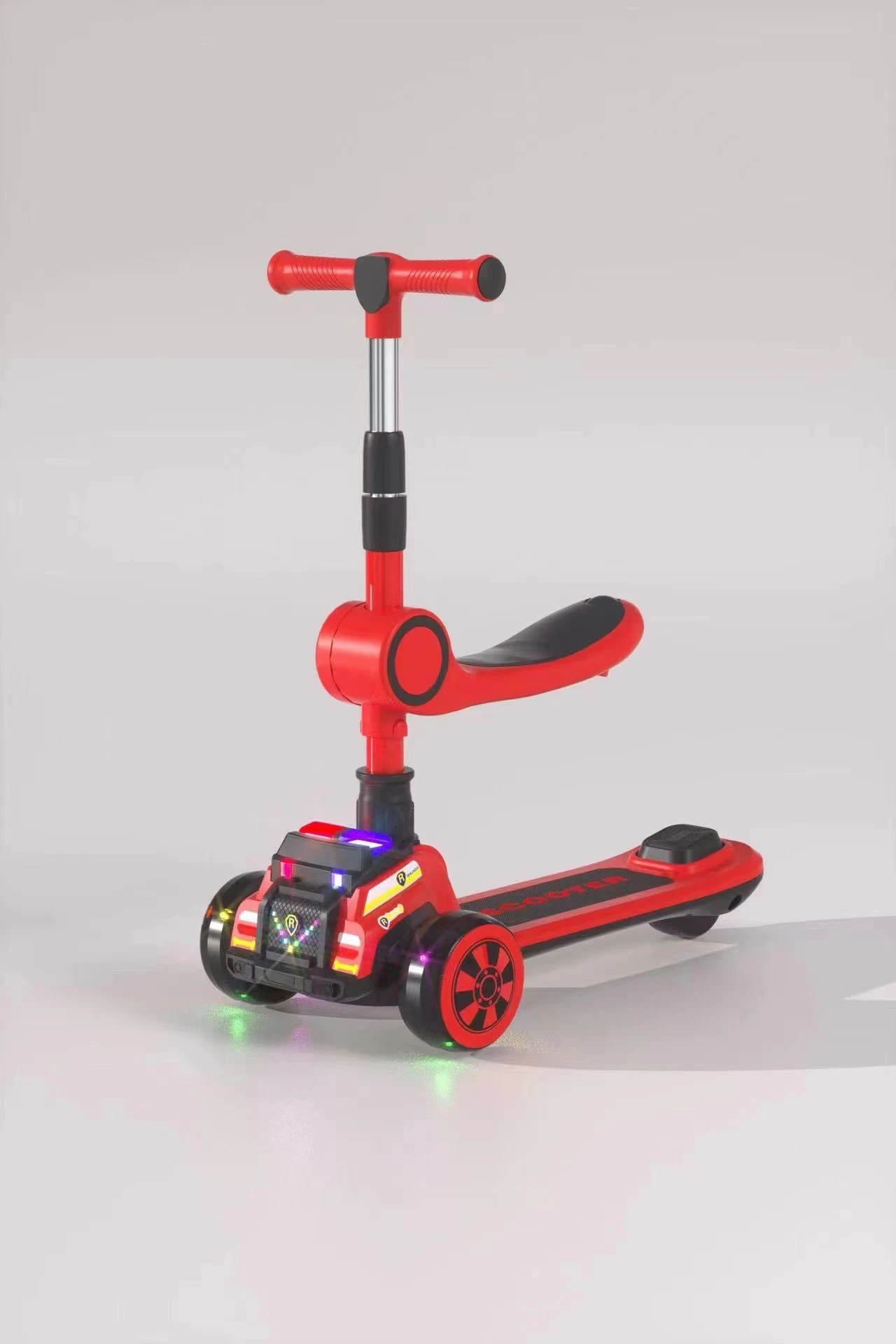Common Dimensions for Average Mountain Bikes Explained in Detail
Average Mountain Bike Dimensions A Comprehensive Guide
When it comes to mountain biking, having the right dimensions for your bike is just as crucial as the quality of its components. Whether you are a beginner or a seasoned pro, understanding the average mountain bike dimensions can significantly enhance your riding experience, ensuring comfort, efficiency, and control.
Frame Size
One of the most critical aspects of mountain bike dimensions is the frame size. Most manufacturers design bikes in various sizes, typically categorized as Small, Medium, Large, and Extra Large. The right size for you depends on your height and inseam measurements.
- Small Generally suitable for riders 5'0 to 5'5. - Medium Best for those between 5'5 and 5'10. - Large Ideal for riders measuring 5'10 to 6'1. - Extra Large Designed for individuals taller than 6'1.
A properly sized frame will allow you to maintain an optimal riding position, enhancing your ability to maneuver and control the bike on challenging terrains.
Top Tube Length
The top tube length significantly impacts the reach of the bike. Riders with longer arms may prefer bikes with a longer top tube as it allows for a more extended reach without compromising control. Average top tube lengths can range from 20 to 26 inches, depending on the frame size. Finding a comfortable reach is essential for maintaining stability during climbs and descents.
Wheel Size
Mountain bikes typically come with three standard wheel sizes 26 inches, 27.5 inches (also known as 650B), and 29 inches. Each size has its own pros and cons.
average mountain bike dimensions

- 26-inch wheels This size is often lighter and more maneuverable, making it easier to navigate tight trails. - 27.5-inch wheels Offering a balance between speed and agility, these wheels are gaining popularity among many mountain bikers. - 29-inch wheels Known for their ability to roll over obstacles easily, these wheels provide better traction and stability on rough terrains.
Seat Height
Adjusting your seat height is vital for an effective riding position. Typically, the average seat height can be adjusted between 30 to 36 inches, depending on the bike's model and frame size. A correctly set seat height allows proper leg extension, maximizing pedaling efficiency and reducing fatigue during long rides.
Handlebar Width
Handlebar width varies among mountain bikes and is often linked to rider preference and riding style. The average width ranges from 28 to 34 inches. Wider handlebars can improve stability and control on downhill runs, while narrower bars are favored for cross-country and racing purposes where agility is key.
Bottom Bracket Height
The bottom bracket height affects your bike’s center of gravity. Typically, the bottom bracket sits between 11 to 14 inches from the ground, influencing stability and handling. A lower bottom bracket height can enhance stability when cornering, while a higher one may allow better obstacle clearance.
Conclusion
Understanding average mountain bike dimensions is essential for any rider looking to improve their performance on the trails. By selecting the right frame size, wheel size, and other components, you can ensure a better fit for your body type and riding style. Ultimately, the right dimensions will lead to a more enjoyable experience, allowing you to tackle various terrains with confidence and skill. Whether you are climbing steep trails or navigating rocky descents, having a bike that fits you perfectly is the key to unlocking your full mountain biking potential.
-
Three-Wheel Light-Up Scooter Benefits for KidsNewsJul.11,2025
-
The Importance of Helmet Safety When Using a Kids ScooterNewsJul.11,2025
-
Nurturing Early Mobility with an Infant ScooterNewsJul.11,2025
-
How to Choose the Safest Tricycle for KidsNewsJul.11,2025
-
Fixing a Squeaky Baby Push Tricycle in MinutesNewsJul.11,2025
-
Cleaning and Maintaining a Tricycle for Big KidNewsJul.11,2025
-
Unleash Fun and Safety with Our Premium Kids Scooter CollectionNewsJun.06,2025








